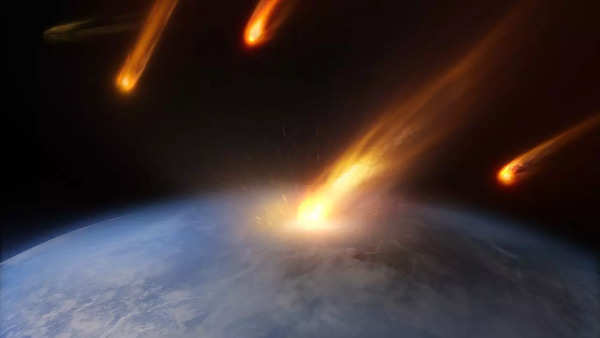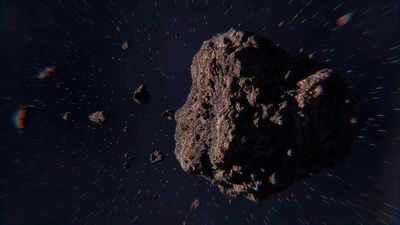The estimated flight path of an asteroid the size of Big Ben’s tower will see it pass over some of the world’s most populous cities, according to the latest data from NASA. Asteroid 2024 YR4 currently has a 2.6 percent chance of hitting Earth on 22 December 2032, making it the biggest extraterrestrial threat in more than two decades.
Scientists have calculated that the impact risk corridor of the space rock stretches eastwards from the Pacific Ocean, over South America, the Atlantic Ocean, Africa, the Middle East and into Asia.
As per the recent trajectory, the possible places that are threatened are- Bogotá, Abidjan, Lagos, Khartoum, Mumbai, Kolkata and Dhaka. The combined population of these urban areas exceeds 110 million people, and if Asteroid 2024 YR4 were to strike, its destructive force would be equivalent to 8 million tons of TNT—about 500 times more powerful than the atomic bomb dropped on Hiroshima.
While Asteroid 2024 YR4 carries a potential risk, NASA and other space agencies remain optimistic that it does not pose a serious threat to Earth. If an impact were to occur, the destruction would extend across a 50-kilometer (30-mile) radius.
Efforts to prepare for such scenarios are already in motion. NASA has successfully tested asteroid deflection technologymost notably during its Double Asteroid Redirection Test (DART) mission in 2022, which altered the course of an asteroid twice the size of 2024 YR4. In addition, China is set to conduct another asteroid redirection test in 2027 on a smaller target.

Other space agencies are actively working on contingency plans. Two UN-endorsed response groups are currently analyzing the asteroid’s trajectory and preparing potential intervention strategies. Ground-based observations will continue while the asteroid remains visible from Earth until April 2024, after which it will become too faint to track until June 2028.
To refine predictions, NASA is using the largest telescope ever built to study Asteroid 2024 YR4’s trajectory, size, and composition, ensuring a deeper understanding of its behavior and potential risks.
Moly Wasser from the US space agency wrote in a blog post, “NASA’s James Webb Space Telescope will observe the asteroid in March 2025. As more observations of the asteroid’s orbit are obtained, its impact probability will become better known. It is possible that asteroid 2024 YR4 will be ruled out as an impact hazard, as has happened with many other objects that have previously appeared on Nasa’s asteroid risk list. It is also possible its impact probability will continue to rise.”







